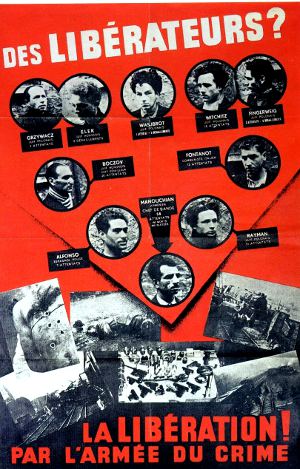
Hilary Footitt is Senior Research Fellow in the University of Reading, UK. Michael Kelly is Emeritus Professor of French at the University of Southampton, UK.

This comprehensive work will appeal to scholars from across the disciplines of linguistics, translation studies, history, and international relations and provide fresh insights for a broad range of practitioners interested in understanding the role and implications of foreign languages in war. The Handbook's 22 chapters powerfully illustrate how the encounter between languages is integral to almost all conflicts, to every phase of military operations and to the lived experiences of those on the ground, who meet, work and fight with speakers of other languages. They show that languages are woven into every aspect of the making of war and peace, and demonstrate how language shapes public policy and military strategy, setting frameworks and expectations. The contributors provide vibrant evidence to challenge the monolingual assumptions that have affected traditional views of war and conflict. It examines case studies of the role that languages have played in specific conflicts, from colonial times through to the Middle East and Africa today. It explores conceptual approaches, sources of information that are available, and the institutions and actors that mediate language encounters.

(5) What they do reveal about Lans 380, however, is that since they alternate regularly throughout the manuscript, the manuscript was essentially.This Handbook maps the contours of an exciting and burgeoning interdisciplinary field concerned with the role of language and languages in situations of conflict. Although these watermarks occur quite commonly throughout Europe during the fifteenth and early sixteenth centuries, it has not been possible to establish a corresponding match for either of them in the main sources for identifying watermarks of the Middle Ages. There are two main watermarks to be found throughout Lans 380: a bull's head with surmounting "X," and a forked, barred, Gothic letter "P" crowned by a fleuron. (3) It will be useful to give his brief comments in full: The manuscript Lansdowne 380 is a small, paper volume, written in France by several hands during the second half of the fifteenth century it was already in England in the first half of the sixteenth century, since there is written, on the first flyleaf, in a handwriting of that time: 'by the leysurles hand de nouster pover serviteur Thomas Kendall.' (4)Īs will be seen, there are problems with Champion's assessment, although it is probably true that the manuscript was written during the second half of the fifteenth century.Ī single bifolium serves as protective flyleaves at the beginning of the volume following this, there is a succession of thirty-four fascicles of lengths varying from six through ten leaves in the resulting collation:, , 3-:, 6-:, 9-:, ,, , 15-: 17-: 19-:, ,, ,,. One of the most extended discussions of Lans 380 in the secondary literature is a brief description of the manuscript by Pierre Champion in 1913, as part of a larger discussion of the influence that the poetry of Charles d'Orleans had on the creation of song poetry during the fifteenth century. (2) That inventory is really only a listing of the longest items occurring in the manuscript, however, and in many cases simply reiterates the rubric given for an item, which is not always enlightening. (1) Very little else, however, is actually known about the manuscript, since no study of it has ever appeared in print, and the only inventory of its contents appears in the British Library catalog of its holdings of the Lansdowne collection.

Scholars interested in the poetry of Charles, duc d' Orleans (1394-1465), have long known of the manuscript, and it has also been of interest to musicologists studying the secular French chanson of the fifteenth century, since in 1929 Norbert Hardy Wallis published an edition of a selection of its sixty song texts. It is of unknown provenance and date, although it is generally assumed to have been written somewhere in France during the late fifteenth or early sixteenth century. It was re-bound in 1970, so the original binding, which might have given some clue to the manuscript's provenance, is now lost. The British Library manuscript Lansdowne 380 (hereinafter Lans 380) is a quarto volume comprised of 280 paper folios, measuring 210 cm x 145 cm.


 0 kommentar(er)
0 kommentar(er)
